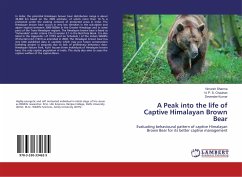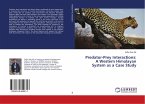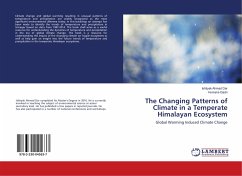In India, the potential Himalayan brown bear distribution range is about 36,800 km based on the 2005 estimate, of which more than 10 % is protected under the existing network of protected areas in India. The Himalayan brown bear occurs in very low densities in the sub-alpine and alpine regions between 3000-5000m in the Greater Himalayas and in some parts of the Trans-Himalayan regions. The Himalayan brown bear is listed as "Vulnerable" under criteria C2a (i) version 3.1 in the Red Data Book. It is also listed in the Appendix I of CITES and on Schedule I of the Indian Wildlife (Protection) Act (1972) as amended in 2003. The Himalayan brown bear has very little published data in captivity which may put future conservation breeding project in jeopardy due to lack of preliminary behaviour data. Himalayan Nature Park, Kufri houses three individuals of Himalayan brown bear, the only captive population in India. The study also aims to asses the captive welfare of the captive Bears.
Bitte wählen Sie Ihr Anliegen aus.
Rechnungen
Retourenschein anfordern
Bestellstatus
Storno








